In-mold label printing and material selection
 May 04, 2023|
May 04, 2023| View:322
View:3221. Manufacturing process
1) the tag is placed on the inner wall of the mold by a manipulator.
2) while the preformed plastic tube is inserted into the mold, the vacuum hole in the mold absorbs the in-mold label until the mold is completely closed.
3) air is blown into the heated plastic preform tube to fill the entire space in the closed mold.
4) the heated plastic rapidly expands and presses into the inner wall of the mold, blows into a bottle, and fixes the label on the bottle.
5) the finished bottle comes out of the mold.
In-mold label according to the location of different affixed, sub-label, and Back labels, that is, affixed to the front or back of the packaging logo. The printed labels are placed in a single sheet, and the front and back labels are placed in two boxes of the in-mold labeling machine.
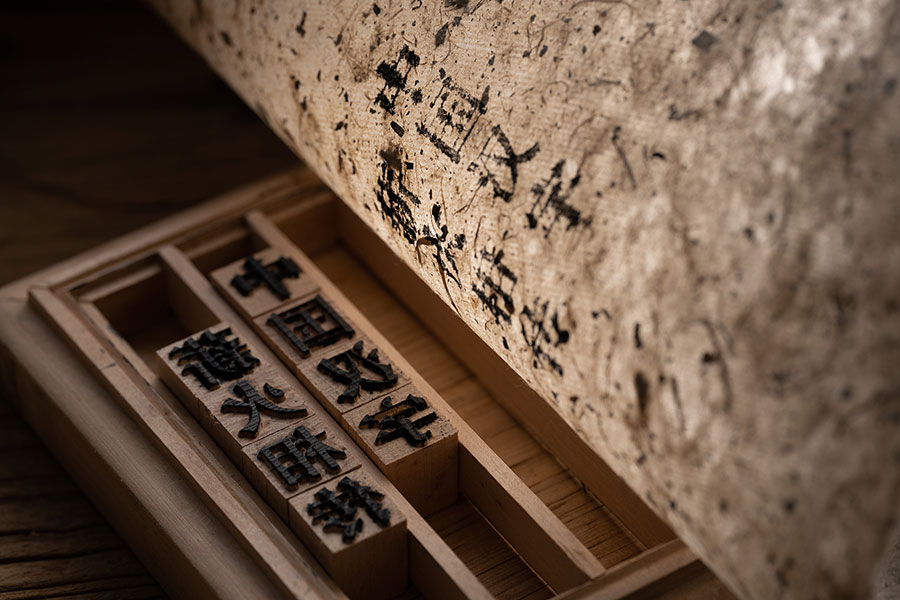
2. Materials
In-mold label materials are mainly divided into paper and plastic film. At the beginning of the appearance of in-mold labels, paper labels coated with a hot melt adhesive back layer are placed in the mold and bonded to the blowing bottle or fused to the bottle, recently synthetic paper materials such as Polyart or syntape have been used for recycling and performance purposes. All in-mold label materials must have good evenness so that the injection molding machine from the blowing mouth when the input will not appear a fail.
Paper
Common synthetic paper has poor surface smoothness, low strength, small elastic deformation, and difficulty in high-grade color printing. It is suitable for large-area application of barrels. Paper labels in water or moisture deformation easily reduce the use value, but the use of the electrostatic effect of small, in the
bottle when the label absorption loss is relatively small. Paper labels and plastic bottles are not the same material is not conducive to bottle recycling.
Film material
Is a special multi-layer co-extruded surface, and the surface can be printed in a variety of ways. In the label processing process will not be due to deformation and overprint, die-cutting inaccurate.
Some thin film materials can stretch and shrink deformation (such as Primax, FasClear, etc.), which can be applied to the bottle shape with the powder bottle shape deformation, the composite bottle surface will not appear label wrinkling phenomenon. Film material surface does not absorb ink, so film material printed labels with bright color, and a strong stereo, color effect is obviously better than paper materials, suitable for high-grade color printing and generally suitable for all kinds of exquisite products, more for PE, PP or PE and PP synthesis.
In-mold label requires good printing performance so that ink is firmly attached to the surface of the material, in the post-processing process to have good processing adaptability, suitable for die-cutting and cold stamping processing. In-mold label material also has a good use of characteristics and can blow
molding and plastic bottles into one.
The in-mold label material structure is composed of the printing surface, the middle layer, and the adhesive layer. The function of the printing surface is to receive the ink and form the color picture and text, the middle layer supports the printing surface, gives the material enough stiffness and transparency, does not deform on the printing machine and under high temperatures, and ensures the accuracy of overprinting The adhesive layer melts under the action of high temperature, which makes the label material and the plastic container become an integral part and ensures that the label and the plastic bottle are firmly stuck together.
There are 3 kinds of printing materials: PE, Bopp, and PE + PP. At present, most of the plastic containers are made of PE material, so the use of PE in-mold labels is more conducive to recycling. In order to improve the ink affinity of printing surface materials, it is necessary to apply a surface coating or corona discharge to improve the surface energy.
There are two kinds of surface structure of the adhesive layer: plane non-reticulate structure and reticulate structure. Non-reticulated structure in use when directly in contact with the blank natural exhaust suitable for small area labels. Mesh structure refers to the surface of the adhesive layer imprinted mesh structure of the adhesive layer, label, and the gas between the bottle through the mesh exhaust channel exhaust. The adhesive layer also has antistatic properties. Avoid printing double sheets, adhesive layer should also have a certain degree of sliding to ensure the smooth separation of labels so that the printing process can be carried out smoothly.

3. In-film labeling method
Die-cutting into the label, the use of a manipulator to draw into the cavity one by one, the use of extruded plastic temperature, and inhaled air pressure to the label and plastic bottle into one. Now, the Chess label has two ways: vacuum vacuum mode and electrostatic mode.
Vacuum mold suction is a common method. A few micro-holes for vacuum absorption are added to the original mold. Non-casting special equipment, low cost, the use of good results, it is not easy to detect the vacuum imprinting technology has been very mature.
Electrostatic mode can also achieve in-mold adsorption labels, the advantage is not to modify the original blow molding equipment. However, no such equipment has been seen in China. The electrostatic suction method requires the following
physical properties of in-mold labeling equipment and labels:
1) add a high voltage electrostatic generating system to the device, apply enough electrostatic charge to the label evenly in a short time, and attach the label to the cavity of the blow molding mold at zero potential by a mechanical arm.
2) add a static elimination system on the equipment to eliminate the residual static electricity after each labeling, avoid affecting the electrical control system of the in-mold labeling machine and the phenomenon of label adhesion caused by static electricity.
3) require labels and printing inks.
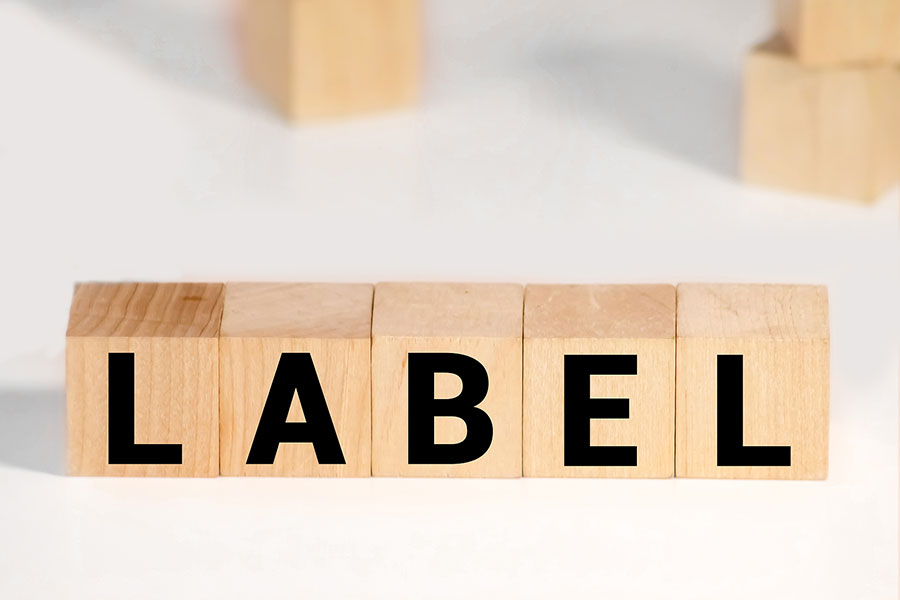
4. Features
1) fresh and beautiful appearance: In-mold label and plastic bottle body naturally blend into one, inlay solid, the label changes with the shape of the bottle, in plastic bottle body can not see the edge of the label, looks very beautiful. No blistering, wrinkling, and other phenomena, to combat the production and transport process of the touch and twist, scratch and pollution, so that labels can remain intact and beautiful for a long time. The in-mold label will not protrude and will not mold in a humid environment. Feel Smooth, especially for the label as the main external packaging of dairy products, the advantages of self-evident.
2) good printing performance: In-mold label printing effect is good for printing the details of the rich and fine screen design patterns, and has a strong visual expression. The in-mold label can reflect the sticker's delicate pattern and small text but also has the overall effect of direct screen printing, and the common direct screen printing label with small circle text is not easy to achieve.
3) safety and Environmental Protection: the in-mold label has the properties of waterproof, oil-proof, acid-and-alkali resistance, friction resistance, freezing and soaking, etc. It has good chemical stability. Precision, and accurate labeling, not only can keep the label intact and beautiful for a long time but are also more beneficial to the environment, not like heat shrink labels as easy to damage.
4) cost advantage: if the print number is large, in-mold label then sticker costs are lower than direct screen printing in the number of colors when the cost is lower. The cost of adding labeling equipment or workers is saved, and the production cycle is shortened and the production efficiency is improved.
5) anti-counterfeiting function: in-mold standard process and mold relatively complex, difficult to manufacture, the need for manipulator operation, relative to sticker, anti-counterfeiting stronger.
With these characteristics, the in-mold label process can meet the needs of high-quality, low-weight container precision labeling labels with the same material as the container production (such as the PP label on the PP container), which is conducive to bottle recovery, it's good for environmental protection.
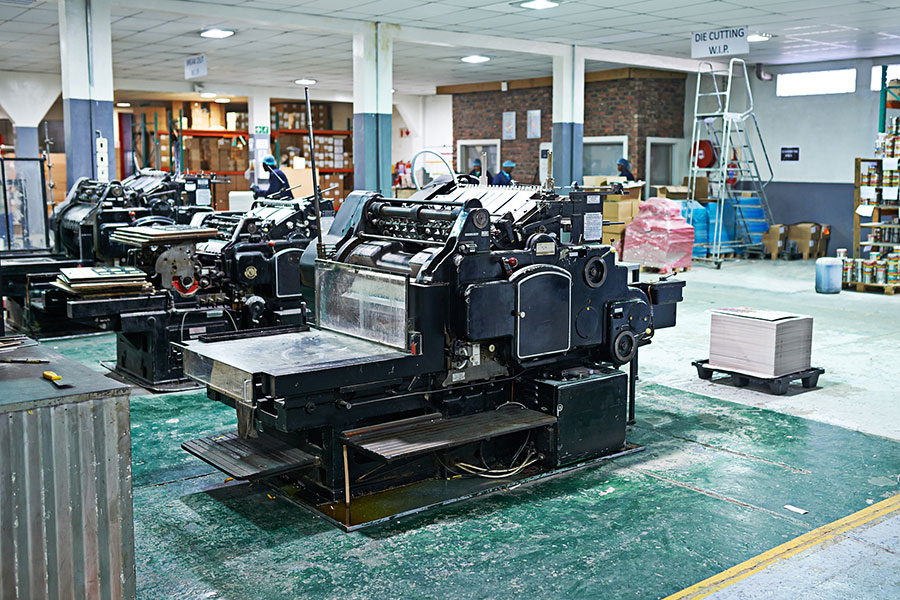
5. In-mold label and traditional label comparison
With in-mold labels correspond to the use of traditional labels for three main types: heat shrink labels, direct screen printing labels, and adhesive labels (mainly adhesive labels).
1) direct screen printing labels are printed on containers by screen printing, the overall effect is good, but the quality of direct screen printing is not ideal, it is difficult to reflect the fine patterns and small text, if more colors are printed by direct screen printing, the price is more expensive. The cost of direct screen printing when the label color exceeds 4 colors is the most expensive among the 3 traditional label printing methods. From the label material cost point of view, the in-mold label does not need the backing paper, so the material cost has a certain amount of decline space.
2) using heat-shrinkable film (mainly PVC film) as packaging
label, the cost is much lower than that of self-adhesive labels and direct screen printing labels, but the heat-shrinkable label is easily damaged, the overall image is not good, not conducive to environmental protection.
3) adhesive labels (mainly self-adhesive labels) are printed beautifully, but the cost of relatively heat-shrinkable film labels is more expensive.
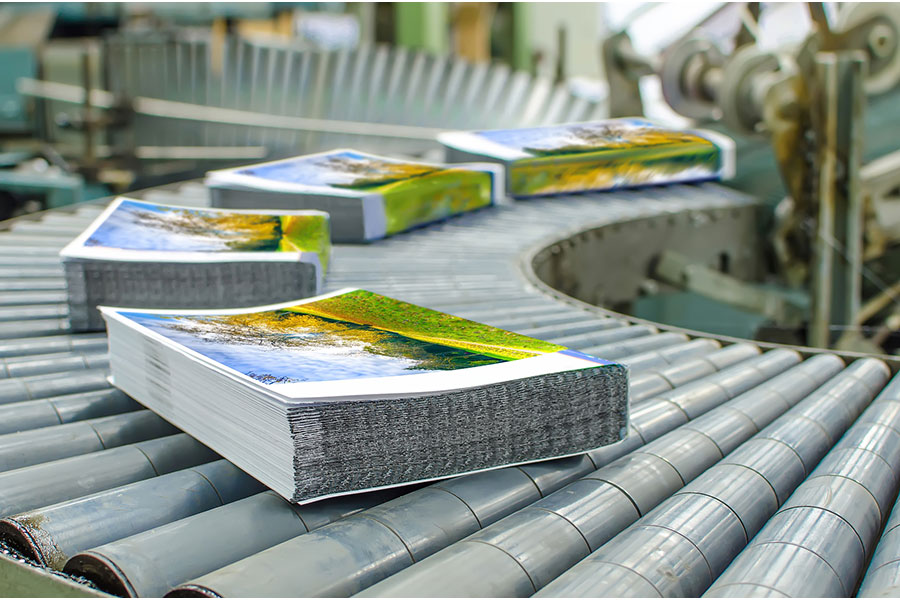
6. Limitations
1. Use in-mold labels if the printing or labeling process is not satisfied, it will result in bottle and label of double waste.
2. In-mold labels require expensive molds, special container blow molding, or injection molding equipment, which makes in-mold labels difficult to accept in the market. In-mold label needs a relatively large print number to make the process cost down, not suitable for short-version live, time-sensitive label manufacturing applications.
3. If the container made by the blow molding process uses an in-mold label, the shape“Curvature” of the container must be considered. If the curvature of the container is too large, such as a round bottle, or in-mold labeling, it will cause difficulty to exhaust; in addition, if the volume of the container made by blow molding should not be used in-mold label.
4, in-mold labels in the printing process need special die-cutting equipment and electrostatic treatment, so printing processing costs may be higher than the traditional label.
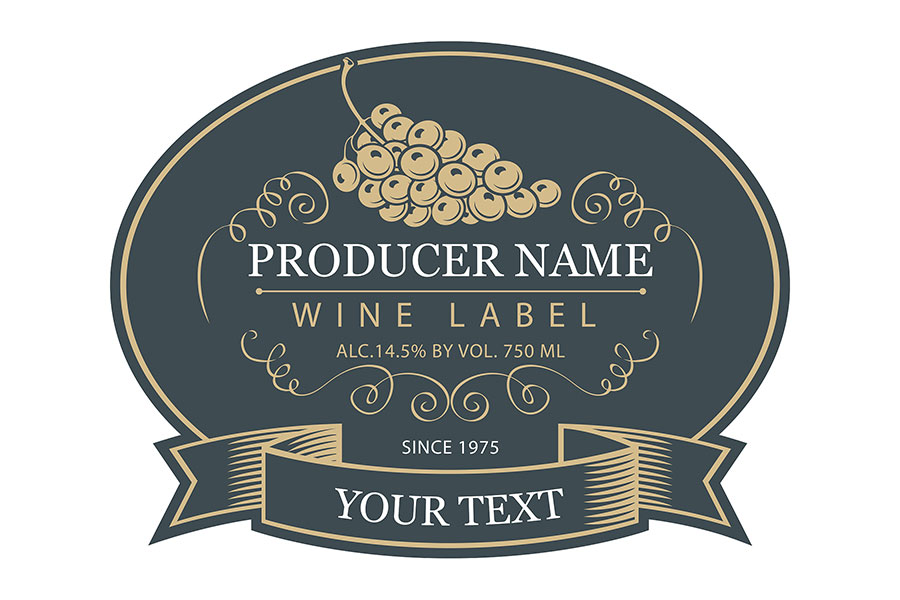
7. Application
Now in-mold labels are widely used in a variety of plastic packaging materials, such as HDPE, PP, PET, and PS. The utility model is mainly applied to the one-time forming trademark of a hollow blow molding bottle
Home and day
Care products such as shampoo, conditioner, body wash, body wash, and personal care products often come into contact with water product packaging
Washing products such as detergent, detergent, detergent, kitchen detergent, detergent and so often have to contact water, decontamination effect of product packaging.
8. Lubricants and chemical products.
Trademark and description of large capacity blow molding barrel and plastic injection container, such as lubricating oil, finished oil, gear oil, antifreeze, chemical raw material, pesticide, etc.
The food and beverage industry, Labels and instructions for milk products, ice cream, condiments, salad oil, soy sauce, vinegar, coffee, fruit juice, tea drinks, yogurt, etc.
The pharmaceutical industry
Packaging of high-grade drugs.














View More(Total0)Comment lists